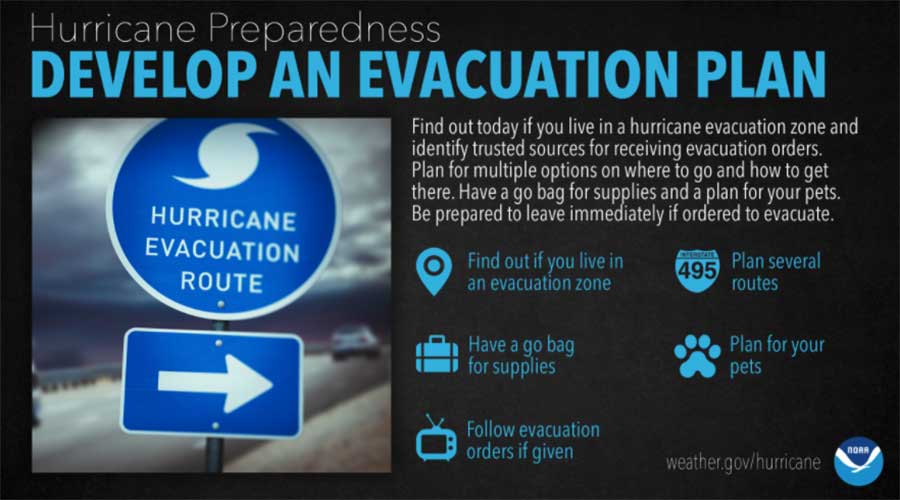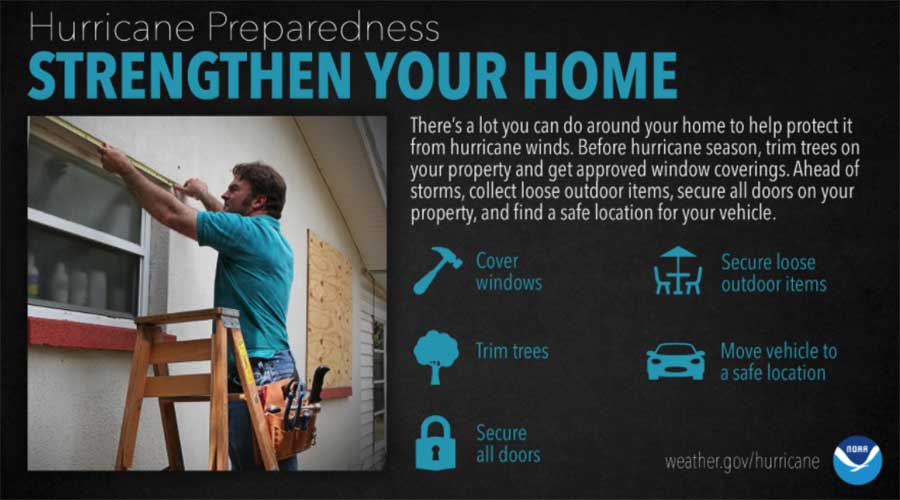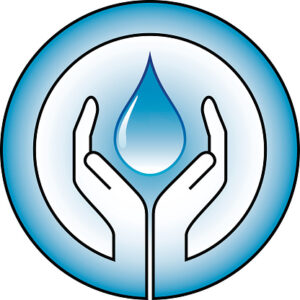About Northwest Park MUD
This author has not yet filled in any details.So far Northwest Park MUD has created 5 blog entries.
Northwest Park MUD Projects- 2022
CURRENT PROJECTS
Marketplace @ 249
Description: A 34-acre commercial development has been completed for multiple commercial properties. Developments are anticipated to include grocery stores, fast food restaurants, banks, and retail centers. Utility and drainage construction has been completed.
Commercial developments to come:
- Starbucks
- Jersey Mikes
- Chipotle
Water Plant No. 5
Description: The District is actively looking for a site to construct Water Plant No. 5. This plant will consist of a water well, ground storage tank, hydropneumatic tanks, booster pumps and a control building
- Status: Acquiring tract.
- Start Date: October 2022
- Completion Date: October 2024
Deer Ridge Water Plant Booster Pump Addition
Description: The District is adding a booster pump at the Deer Ridge Water Plant. This addition will help keep the pressure consistent within the system.
- Status: Near Completion
- Start Date: April 2022
- Completion Date: December 2022
Lift Station Discharge Improvements
Description: The District is adding a booster pump at the Deer Ridge Water Plant. This addition will help keep the pressure consistent within the system.
- Status: Near Completion
- Start Date: April 2022
- Completion Date: December 2022
COMPLETED PROJECTS
Fallbrook Drive Lighting
Description: The District is working with Harris County and Centerpoint Energy to provide street lighting along Fallbrook Drive. The plans have been submitted to the governing agencies.
- Status: Under Design
- Start Date: Completed
- Completion Date: Completed
Northwest Park, Sections Six & Seven Sanitary Sewer Rehabilitation
Description: The Sanitary Sewer Collection system within Northwest Park, Sections Six & Seven are being scheduled for a cleansing and televising. Video footage will show if there is are significant repairs needed due to the age of the pipe, including protruding roots, debris and grease deposits that block a portion of the flow, decreasing the capacity within the line. Once the line televising is complete, the rehabilitation will proceed.
- Status: Awaiting completion of televising
- Start Date: Mid 2021
- Completion Date: Late 2021
Water Conservation 2022
We know living in Texas, water conservation can be inherently more difficult during the summer months and that’s why the EPA and the Texas Water Development Board has published water savings tips that will not only show you how to help conserve water, but also help you conserve cost.
The EPA has recommended the following:
Outdoors
- Maximize the use of natural vegetation and establish smaller lawns. For portions of your lot where a lawn and landscaping are desired, ask your local nursery for tips about plants and grasses with low water demand (such as creeping fescue). Consider planting more trees, shrubs, ground covers, and less grass. Shrubs and ground covers provide greenery for much of the year and usually demand less water. Use native plants in flower beds. Native plants have adapted to rainfall conditions in Texas and often provide good wildlife habitat. Cluster plants that require extra care together to minimize time and save water.
- When mowing your lawn, set the mower blades to 2-3 inches high. Longer grass shades the soil improving moisture retention, has more leaf surface to take in sunlight, allowing it to grow thicker and develop a deeper root system. This helps grass survive drought, tolerate insect damage and fend off disease.
- Only water the lawn when necessary. If you water your lawn and garden, only do it once a week, if rainfall isn’t sufficient. Avoid watering on windy and hot days. Water the lawn and garden in the morning or late in the evening to maximize the amount of water which reaches the plant roots (otherwise most of the water will evaporate). Use soaker hoses to water gardens and flower beds. If sprinklers are used, take care to be sure they don’t water walkways and buildings. When you water, put down no more than 1 inch (set out an empty cans to determine how long it takes to water 1 inch) each week. This watering pattern will encourage more healthy, deep grass roots. Over-watering is wasteful, encourages fungal growth and disease, and results in the growth of shallow, compacted root systems that are more susceptible to drought and foot traffic. If an automatic lawn irrigation system is used, be sure it has been properly installed, is programmed to deliver the appropriate amount and rate of water, and has rain shut-off capability.
- Apply mulch around shrubs and flower beds to reduce evaporation, promote plant growth and control weeds.
- Add compost or an organic matter to soil as necessary, to improve soil conditions and water retention.
- Collect rainfall for irrigation in a screened container (to prevent mosquito larvae growth).
- When washing a car, wet it quickly, then use a bucket of water to wash the car. Turn on the hose to final rinse (or let mother nature wash your car when it rains).
- Always use a broom to clean walkways, driveways, decks and porches, rather than hosing off these areas.
The EPA has recommended the following:
For Every Room in the House With Plumbing
- Repair leaky faucets, indoors and out.
- Consider replacing old equipment (like toilets, dishwahers and laundry machines).
In the Kitchen
- When cooking, peel and clean vegetables in a large bowl of water instead of under running water.
- Fill your sink or basin when washing and rinsing dishes.
- Only run the dishwasher when it’s full.
- When buying a dishwasher, select one with a “light-wash” option.
- Only use the garbage disposal when necessary (composting is a great alternative).
- Install faucet aerators.
In the Bathroom
- Take short showers instead of baths.
- Turn off the water to brush teeth, shave and soap up in the shower. Fill the sink to shave.
- Repair leaky toilets. Add 12 drops of food coloring into the tank, and if color appears in the bowl one hour later, your toilet is leaking.
- Install a toilet dam, faucet aerators and low-flow showerheads.
Laundry
- Run full loads of laundry.
- When purchasing a new washing machine, buy a water saving model that can be adjusted to the load size.
For more information, click below
The Texas Water Development Board offers water saving ideas and cost savings tips!
Hurricane Preparedness 2021

Be ready for hurricane season. Today you can determine your personal hurricane risk, find out if you live in a hurricane evacuation zone, and review/update insurance policies. You can also make a list of items to replenish hurricane emergency supplies and start thinking about how you will prepare your home for the coming hurricane season. If you live in hurricane-prone areas, you are encouraged to complete these simple preparations before hurricane season begins on June 1. Keep in mind, you may need to adjust any preparedness actions based on the latest health and safety guidelines from the CDC and your local officials.

Find out today what types of wind and water hazards could happen where you live, and then start preparing how to handle them. Hurricanes are not just a coastal problem. Their impacts can be felt hundreds of miles inland, and significant impacts can occur without it being a major hurricane.

The first thing you need to do is find out if you live in a hurricane evacuation zone. If you do, now is the time to begin planning where you would go and how you would get there. You do not need to travel hundreds of miles, but have multiple options. Your destination could be a friend or relative who doesn’t live in an evacuation zone. If you live in a well-built home outside the evacuation zone, your safest place may be to remain home. Be sure to account for your pets in your plan. As hurricane season approaches, listen to local officials on questions related to how you may need to adjust any evacuation plans based on the latest health and safety guidelines from the CDC and your local officials.

You’re going to need supplies not just to get through the storm but for the potentially lengthy and unpleasant aftermath. Have enough non-perishable food, water and medicine to last each person in your family a minimum of three days. Electricity and water could be out for at least that long. You’ll need extra cash, a battery-powered radio and flashlights. You may need a portable crank or solar-powered USB charger for your cell phones.
If you need to go to a public shelter, the CDC recommends bringing items that can help protect you and others from COVID-19, such as hand sanitizer with at least 60% alcohol, bar or liquid soap, disinfectant wipes (if available) and two masks for each person. (Children under two years old and people having trouble breathing should not wear face coverings.)

Call your insurance company or agent and ask for an insurance check-up to make sure you have enough homeowners insurance to repair or even replace your home. Don’t forget coverage for your car or boat. Remember, standard homeowners insurance doesn’t cover flooding. Whether you’re a homeowner or renter, you’ll need a separate policy for it, and it’s available through your company, agent or the National Flood Insurance Program at floodsmart.gov. Act now as flood insurance requires a 30-day waiting period.
- FLASH Insurance Guide: If Disaster Strikes, Will You Be Covered?
- Find available coverage at floodsmart.gov

If you plan to ride out the storm in your home, make sure it is in good repair and up to local hurricane building code specifications. Many retrofits are not as costly or time consuming as you may think. Have the proper plywood, steel or aluminum panels to board up the windows and doors. Remember, the garage door is the most vulnerable part of the home, so it must be able to withstand the winds.
- FLASH: How-To Videos
- Protect Your Home From Flooding Video (English/Spanish)

Many Americans rely on their neighbors after a disaster, but there are also many ways you can help your neighbors before a hurricane approaches. Learn about all the different actions you and your neighbors can take to prepare and recover from the hazards associated with hurricanes. Start the conversation now with these Neighbor Helping Neighbor strategies but remember you may need to adjust your preparedness plans based on the latest health and safety guidelines from the CDC and your local officials.

The time to prepare for a hurricane is before the season begins, when you have the time and are not under pressure. If you wait until a hurricane is on your doorstep, the odds are that you will be under duress and will make the wrong decisions. Take the time now to write down your hurricane plan. Know who issues evacuation orders for your area, determine locations on where you will ride out the storm, and start to get your supplies now. Being prepared before a hurricane threatens makes you resilient to the hurricane impacts of wind and water. It will mean the difference between being a hurricane victim or a hurricane survivor.
Freeze Watch
Northwest Park MUD residents, it is time to prepare for colder temperatures! There is a Freeze Watch in effect for Sunday night through Tuesday morning, February 14th – February 16, 2021. Temperatures are expected to drop to freezing levels overnight.
How can District residents prepare? Practice the “Four P’s” as the cold fronts set in:
People:
- Dress in warm clothing, wear coats and gloves when outdoors.
- Protect children and the elderly. Never leave them in a cold place or vehicle.
- Temperatures are predicted to be in the teens Monday night and Tuesday morning.
Pets:
- Bring your pets indoors.
- Provide a warm, safe place for them to eat and sleep.
Pipes:
- Prevent frozen pipes and damage to your home by opening the cabinets under the kitchen and bathroom sinks to allow warm air to circulate and warm the pipes.
- Insulate outdoor faucets and exposed pipes and be sure to disconnect and drain hoses from outdoor spigots.
Plants:
- Protect plants from freezing by covering them with plant-cover fabric, or a light blanket with plastic sheeting on top of it.
- Hydrate plants early so they can absorb and stay healthy through the cold.
Additionally, there are a few vehicle-safety tips to observe during winter weather:
- Keep your gas tank full.
- Have tire pressure checked.
- Have a phone charger, first aid kit, blankets, and jumper cables in your car.
- Check local road conditions at www.houstontranstar.org. State highway information available at www.drivetexas.org.
Lastly, Fire Departments have provided some safety tips surrounding space heaters and other supplemental heating sources during the colder days:
- Never leave a space heater unattended or a child unattended with a space heater.
- Keep all combustible materials (including yourself!) at least three (3) feet away from the heater.
- Never overload outlets or breakers.
- Do not use extension cords for the heater.
- Always turn it off if leaving the room and/or going to sleep.




